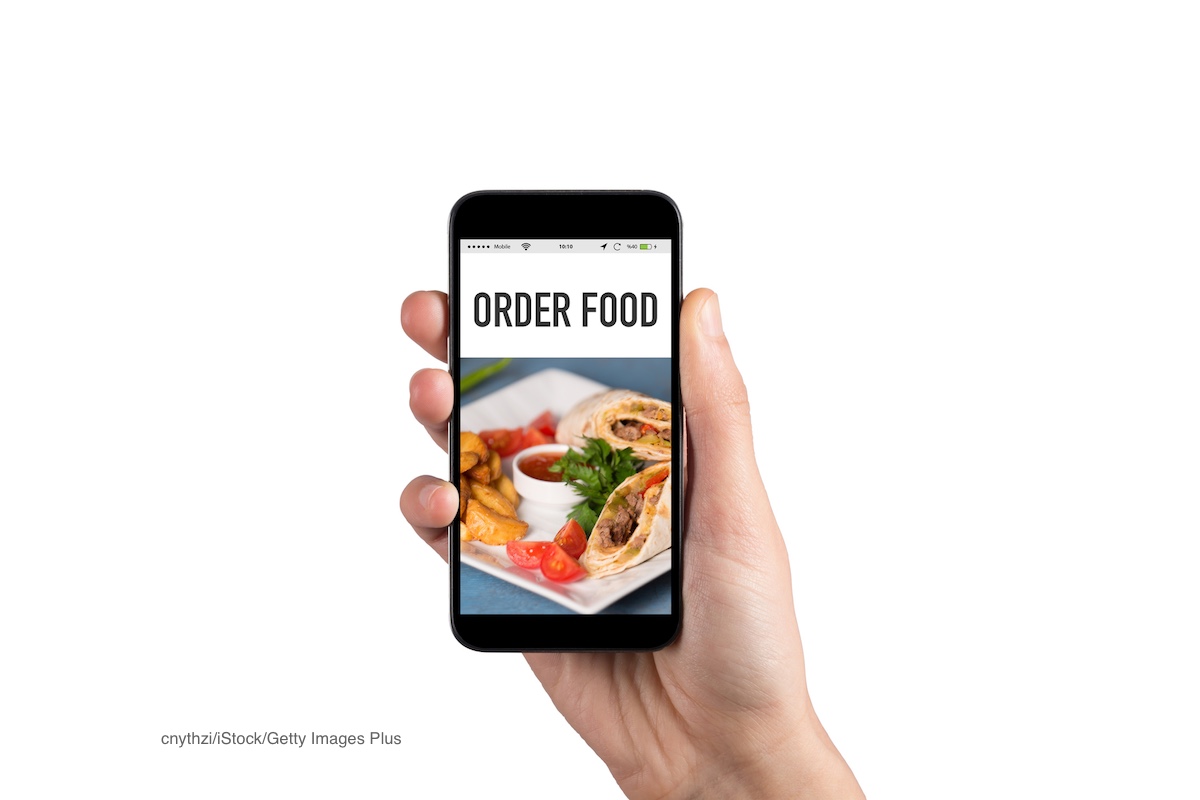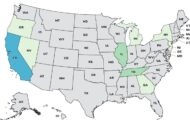Do you have meal kits or food delivered to your home? This practice has exploded over the past few years. Many companies offer these services. Consumers can order food delivered from the grocery store, or order kits with preprepared food that are just assembled and heated.

All this convenience is nice, but how do you make sure that those foods are safe? The CDC has some answers.
All perishable foods, which include meat, poultry, seafood, eggs, and chopped or sliced fruits or vegetables, must be stored at a safe temperature to control bacterial growth. That temperature is 40°F or below. It’s up to the company to pack the food and include ice packs or insulation to make sure that the food is safe.
Meal Kits Delivery Steps
Before you order, ask questions. Find out how the company will respond if the food is warm when it’s delivered. I once ordered some frozen stuffed baked potatoes that were completely thawed when they arrived. I called the company, only to have them tell me that the potatoes would be just fine for hours and hours even if they were warm. I never ordered from them again. And ask if they provide information on safe handling of the food and how it should be prepared.
Delivery should take place when someone is home to bring the food inside and put it in the fridge or freezer. Even dry ice will evaporate after a while. Sign up for text alerts so you’ll know when the food or meal kids have been delivered.
Make sure that you have a place designated for food delivery. The drop off point should be secure so animals and pests can’t get at it, and it should be in the shade.
If, for some reason, the food seems too warm when it arrives, use a food thermometer to test the temperature. Frozen food should still have ice crystals. And perishable fresh foods should be at 40°F or below.
At Home
When the food or meal kits are delivered, arrives, look at the packaging. If it’s torn or ripped, examine the food and make sure that the wrappers or containers are secure. Make sure that perishable food has been packed in dry ice or frozen gel packs.
Put the food into the fridge or freezer as soon as possible. And call the company if the food arrives and it’s too warm. Never eat any food that is above 40°F; don’t even taste it.
Then make sure that you follow preparation and cooking instructions to the letter. Use your food thermometer again to make sure the food is properly heated. Then enjoy your meal.




